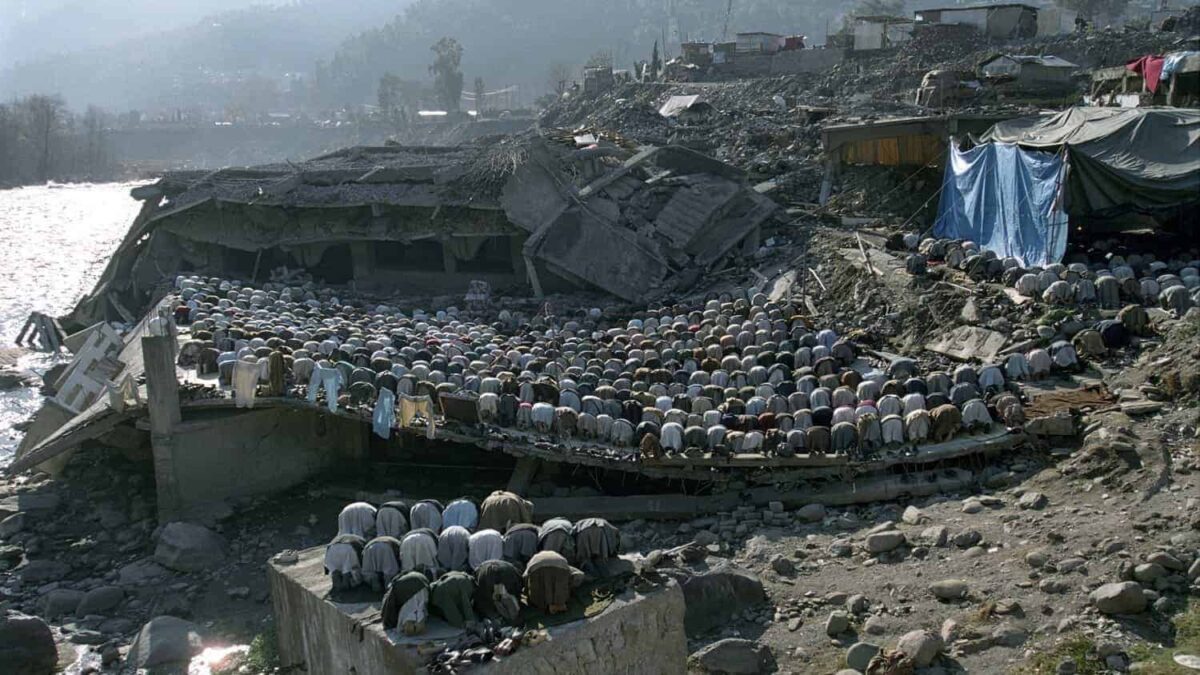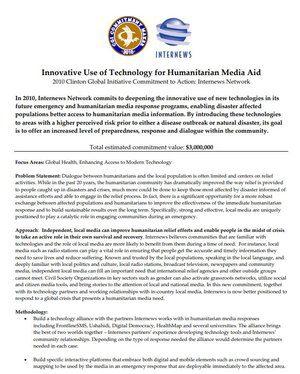
Internews received funding for the Humanitarian Information Project (HIP) in Pakistan to provide information and increase dialogue for people affected by three emergencies over two years. The first two emergencies related to people affected and displaced by military activities in the areas of Swat and Southern Khyber Pakhtunkhwa (KPK). On April 2009 the scale and speed of displacement from Pakistan’s Swat Valley and surrounding areas, became extraordinarily large and disruptive, with 2.9 million fleeing their homes.
The HIP objective was to enhance the effectiveness of the humanitarian response and support the rights and entitlements of displaced communities, by providing information and a platform for dialogue to IDPs and host communities via local media, and feedback to key humanitarian actors. The HIP was conceived as targeted support for beneficiaries in the context of the overall humanitarian effort. It gained its significance from the collaboration with relief and reconstruction activities on the ground, by government, UN, and non-government organizations. The project enhanced, supported, and clarified both general policies and specific aid and reconstruction programs by providing clear communication to beneficiaries about those activities. In addition, the HIP provided platforms for feedback and advocacy within humanitarian aid forums and decision-making structures, thus working to enhance the effectiveness of those programs. This project was funded by OFDA/USAID.
“The evidence indicates [the Internews project] was successful in providing useful information to affected communities on survival strategies and accessing their rights and entitlements. Community feedback was systematically incorporated in radio programs by including calls from affected communities and eliciting their feedback through both focus and listening groups. Capacity building (by providing training and mentoring on humanitarian reporting) was a key factor in the project’s success. In addition, the project staff was very effective in involving the humanitarian community in radio programs and connecting humanitarian organizations with local media.”
Excerpt from External Evaluation Report
IMPACT
- Closing the Feedback Loop – Community feedback was systematically incorporated into radio programs by including calls from flood affected listeners and eliciting their feedback through both focus and listener groups: 93.7% of respondents asserted the radio program ‘deals with issues that are important to me’; 92.1% answered the program is ‘easy to understand’; 77.8% confirmed the information is ‘related to the area where I am’; and 69.8% expressed ‘it includes voices and opinions of the community and people like me.’ 100% of respondents asserted the information provided in the radio program was ‘true and I trust it.’
- Adaptive Management and Data Driven Programs – The external evaluation found that out of 14 people from the humanitarian sector interviewed, ¾ of UN, NGOs, and government staff gave examples of instances where the information received through their participation in programs or interaction with program staff resulted in specific actions.
RELATED LINKS

Sep 17, 2010